21 Common Historical "Facts" That Are Straight Up Just Not Facts At All...Like, They're Literally False
Recently, Reddit user u/throwaway0006891 asked, "History buffs, what is a commonly held misconception that drives you up the wall every time you hear it?" And y'all, I have learned so much from this thread.
Adult Swim
Here are some of the most interesting myths that are just not true!
1.That the majority of colonists wanted independence from Great Britain when the Revolutionary War began.
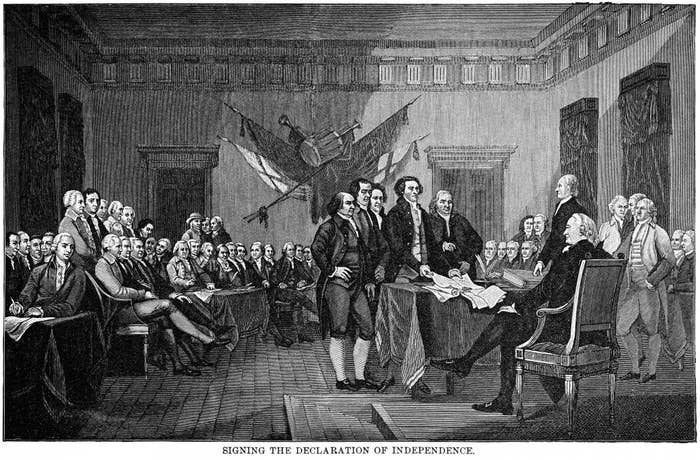
Suggested by u/placeholderNull
In fact, the percentage of colonists who supported the war was closer to 45% — and often below that.
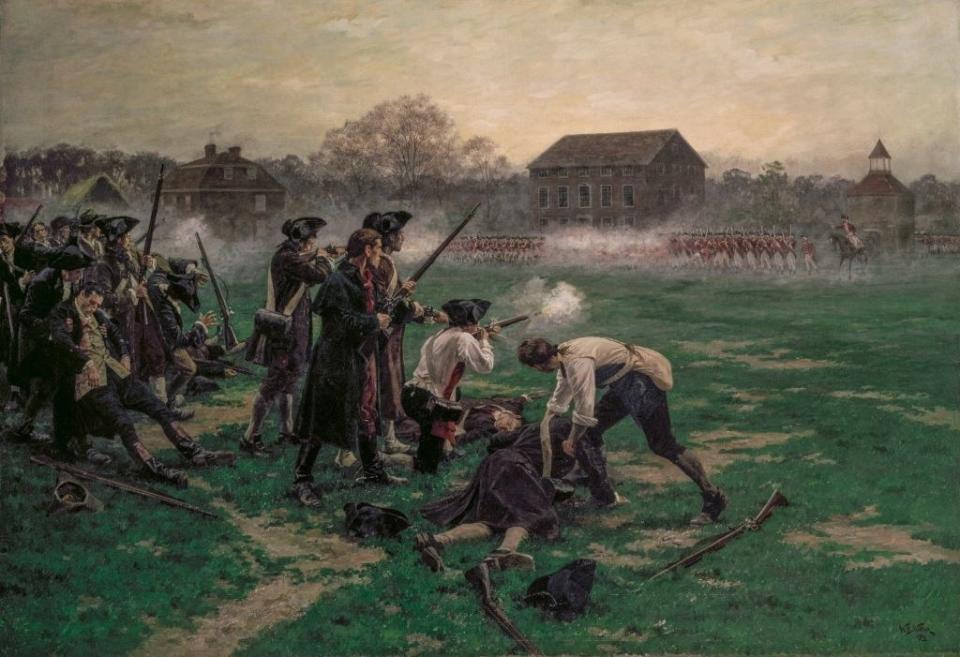
One-third of the colonists actually fought for the British.

And many would constantly switch sides based on who was winning.
2.That Paul Revere shouted "The British are coming!" during his midnight ride.

Suggested by u/Animalion
Revere actually said, "The Regulars are coming out!" To say the "British" were coming would've been confusing for colonists who considered themselves British.

Plus, while Revere did wake and warn many households, he did not shout through the streets as stories suggest.
Though he was definitely a patriot, he was also just a paid messenger and submitted a bill for the ride.

And he was not the only rider. After he reached Lexington, he was joined by William Dawes, who had arrived to deliver the same news. They met a doctor named Samuel Prescott on the way to Concord who decided to help them — he was the only one to actually finish the ride and reach Concord before fighting began.

Revere was captured (and later released) while Dawes managed to escape the soldiers chasing him but lost his horse and could not complete the journey.
3.That Lincoln owned slaves.

Suggested by u/FeelFreeToIgnoreThis
This one's pretty simple: He did not. However, 12 US presidents did own slaves in their lifetimes, including Thomas Jefferson and George Washington.

Zachary Taylor was the last US president to have slaves while he was in the White House, and the last former slave owner to become president was Ulysses S. Grant.
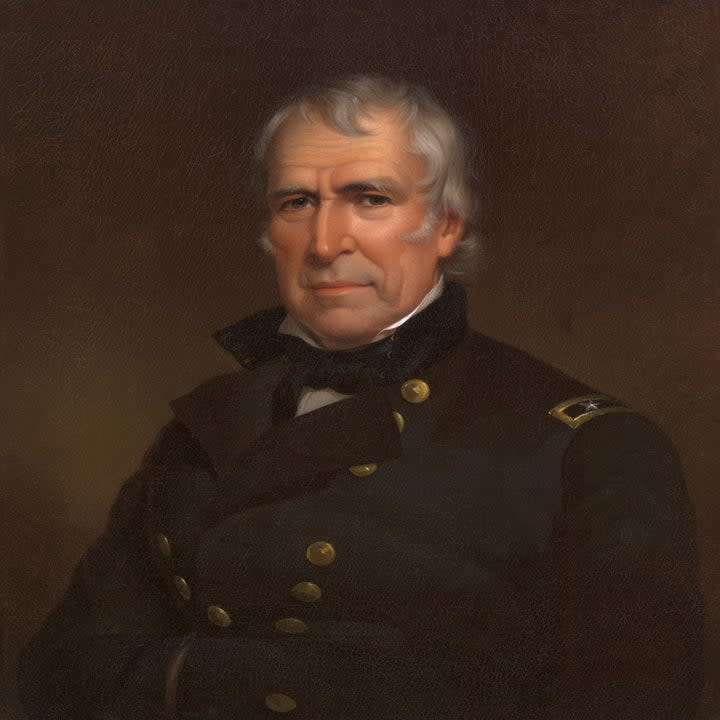
However, Lincoln's vice president, Andrew Johnson – who succeeded Lincoln — had owned slaves in Tennessee and asked Lincoln to leave the state out of the Emancipation Proclamation.
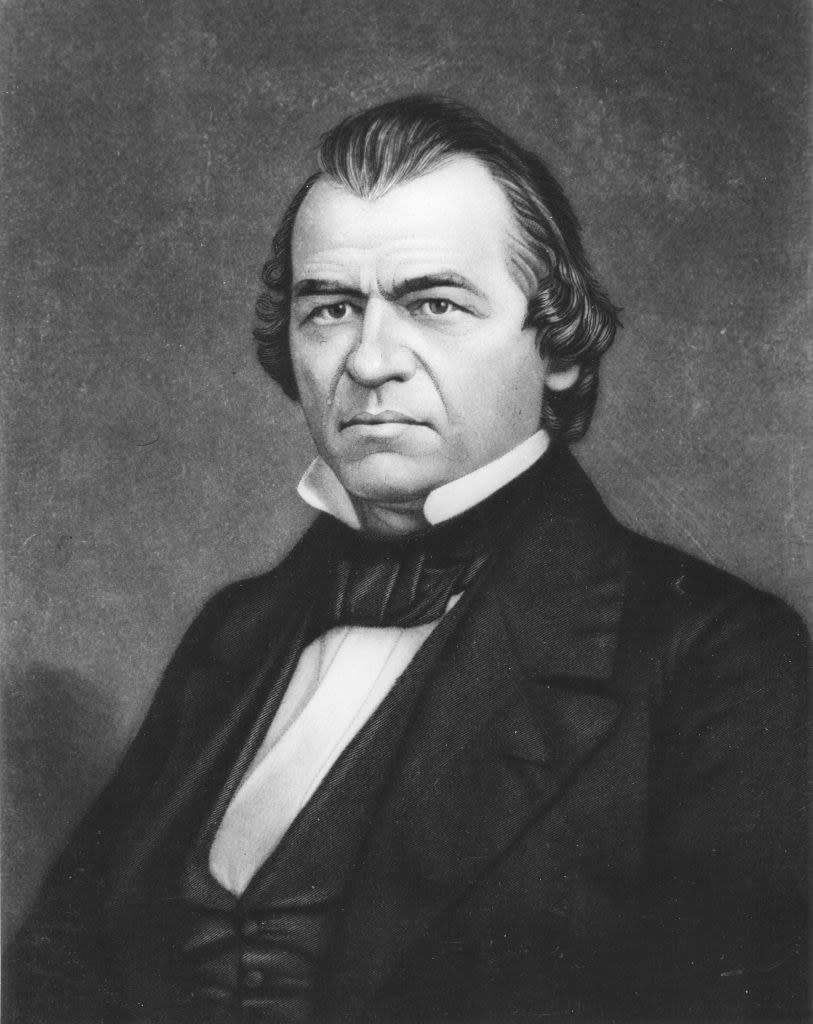
4.That Louis-Michel le Peletier cast the deciding vote for Louis XVI's execution.

Suggested by u/Poorly-Drawn-Beagle
While it's true that the vote to immediately execute the king was 361 — a majority by 1 — the vote actually reported was 387 in favor of execution versus 334 not in favor.

This is because 26 people also voted for execution but asked to have another vote on whether or not the execution should be deferred. This had already been voted on and rejected, so these votes were also counted toward the 361 majority. In addition, of those 334 not in favor, many voted for execution but with other conditions.
However, it was rumored that Louis-Michel le Peletier had cast the deciding vote, leading to his assassination the day before King Louis was executed.

5.That Marie Antoinette said, "Let them eat cake."
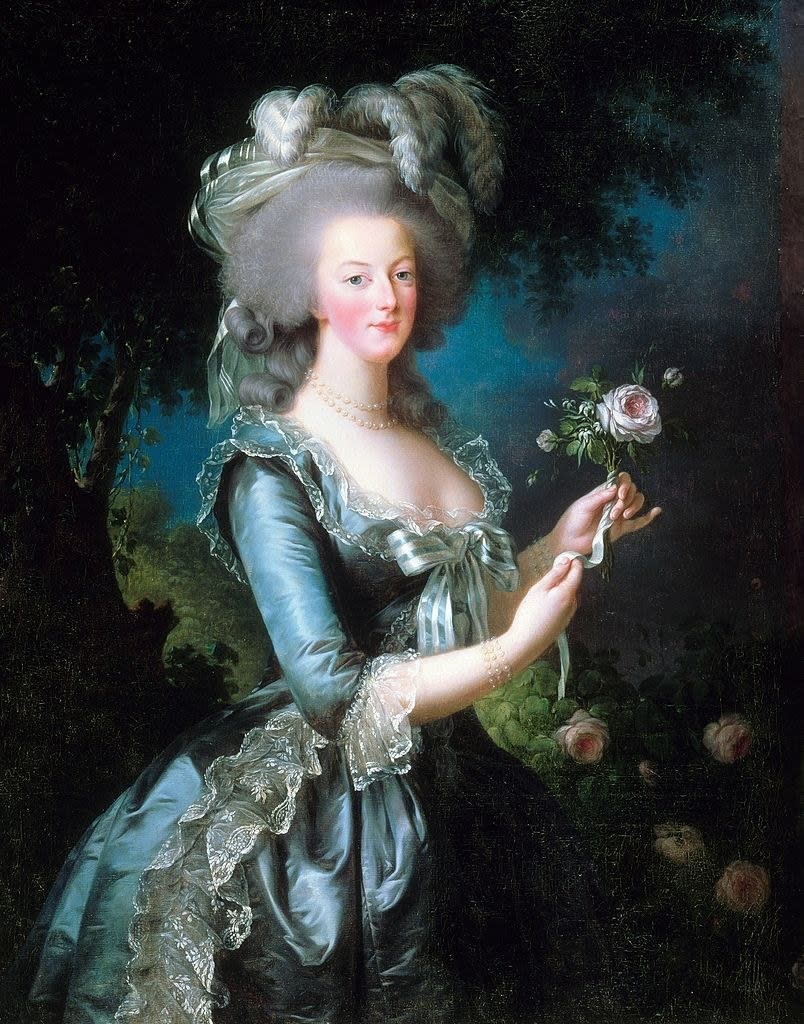
Suggested by u/oamnoj
Not only would this have been uncharacteristic for the queen (according to her biographer Lady Antonia Fraser), but that phrase had already been around and attributed to other sources before Marie.
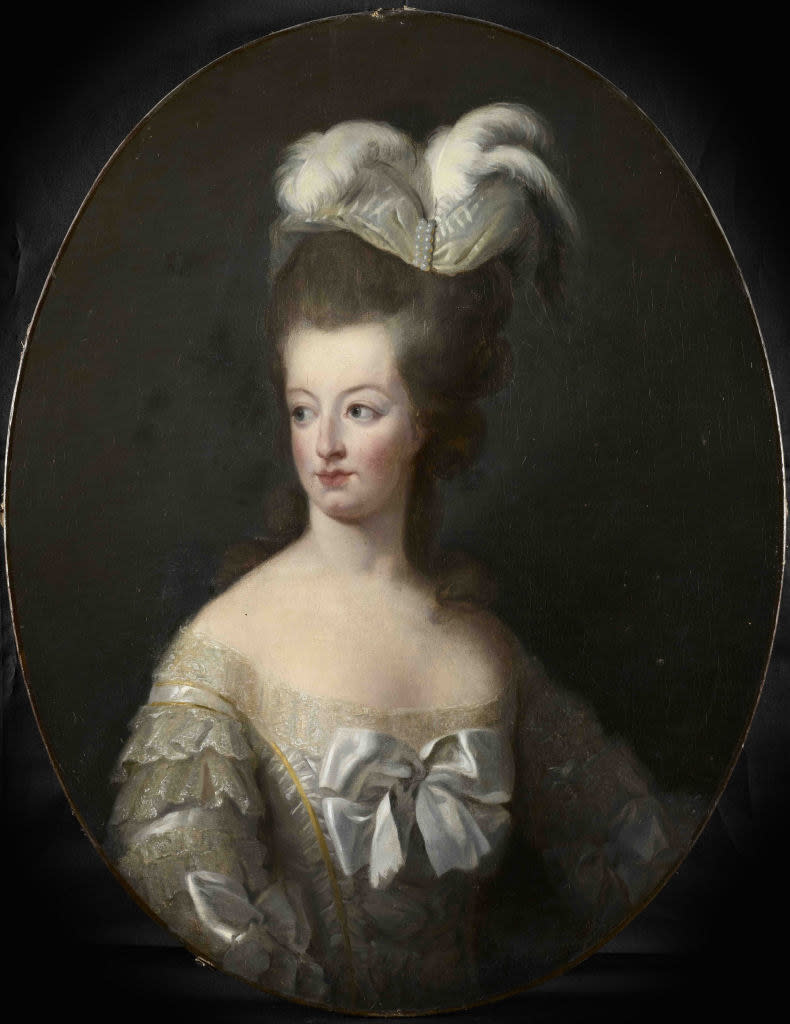
Jacques Rousseau had written a very similar phrase, saying a "great princess" had said the words, years before it was attributed to Marie — when Marie was only 10. Thus, she couldn't possibly have originated the phrase.
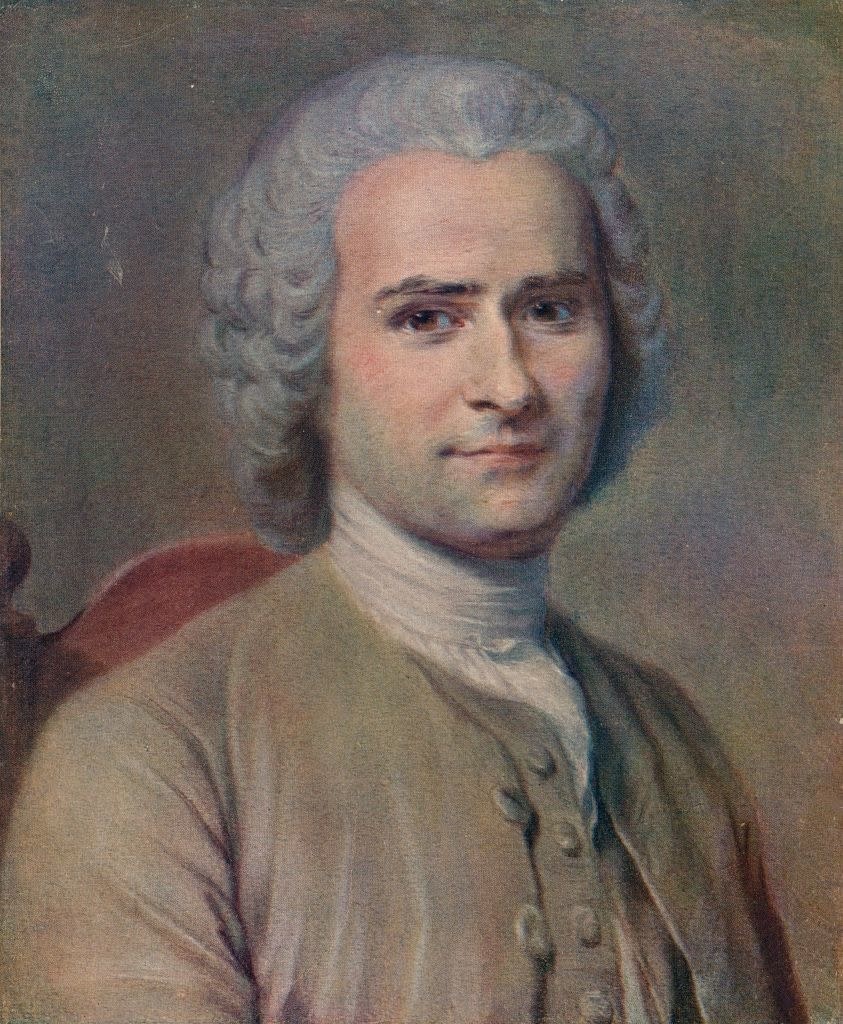
6.That Napoleon was short.
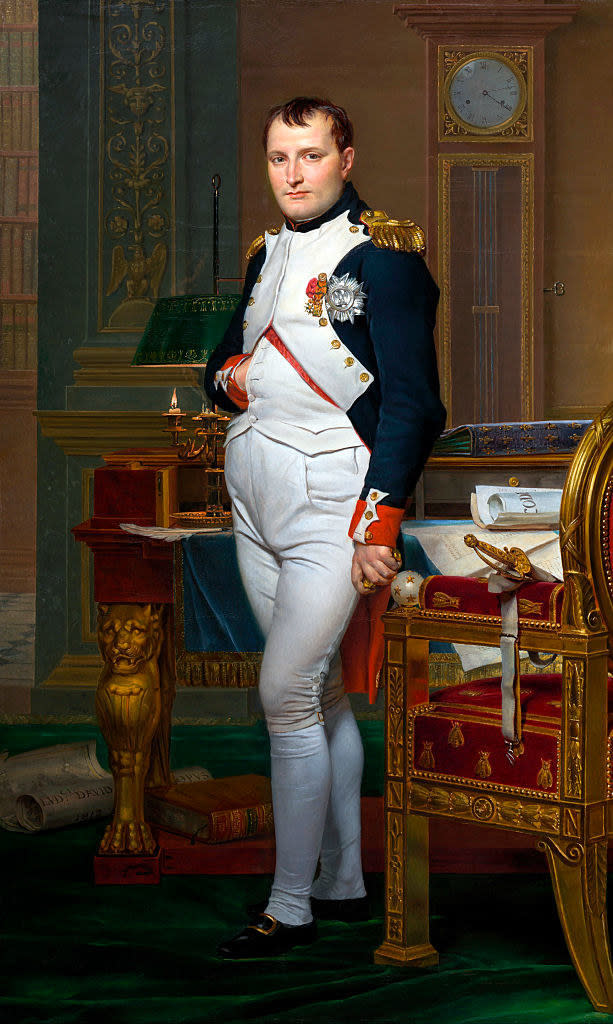
Suggested by u/Cathy-the-Grand
Napoleon was actually a bit above 5'5", which was pretty average for the time.
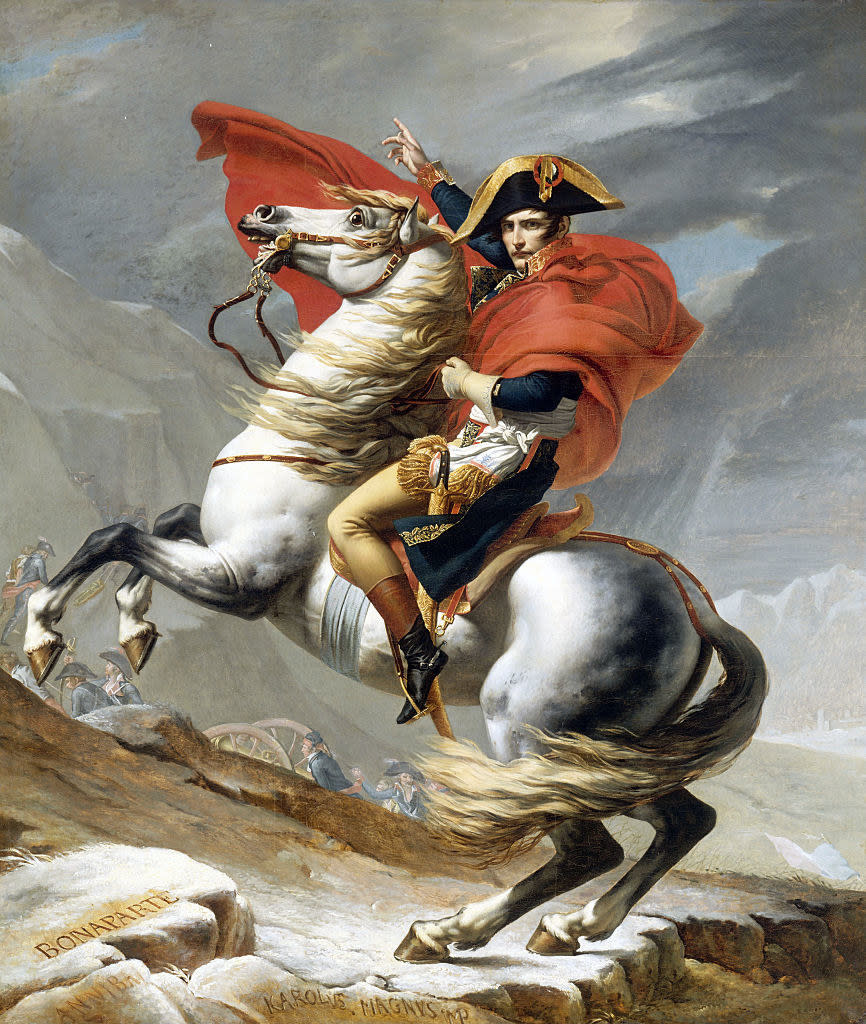
The idea that Napoleon was short came mostly from British cartoonist James Gillray, who started illustrating Napoleon as very short, and other cartoonists followed suit.
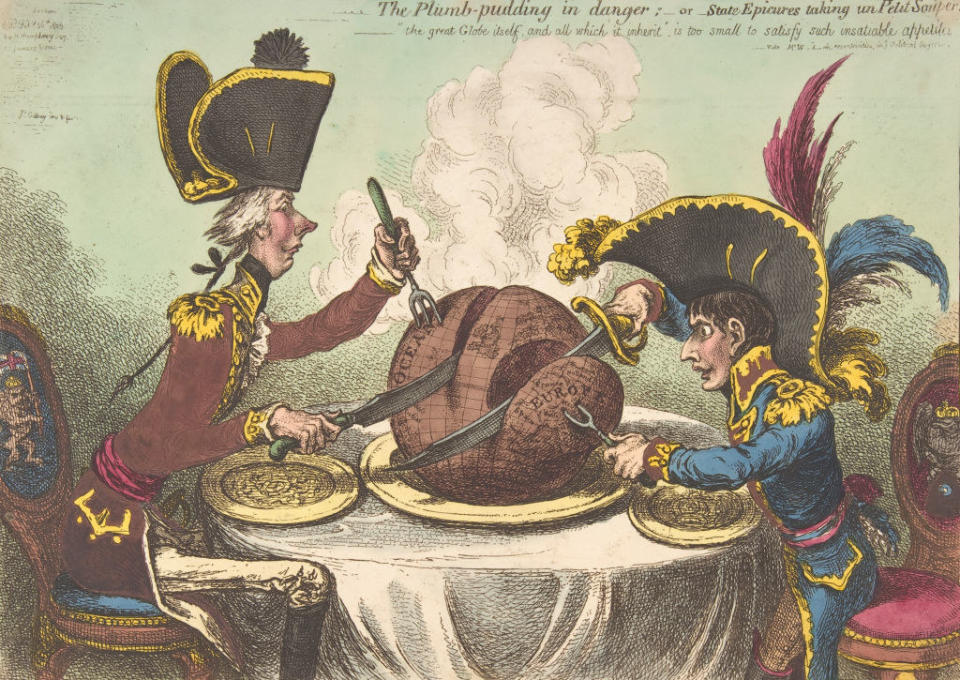
Napoleon would later say Gillray “did more than all the armies of Europe to bring me down.”
7.That medieval peasants ate potatoes.

Suggested by u/AgentElman
Potatoes are native to the Americas. They were not brought to Europe until the mid-1500s, meaning no one in Europe ate them before then.

8.Also, that tomatoes were eaten in Italy prior to the 1500s.
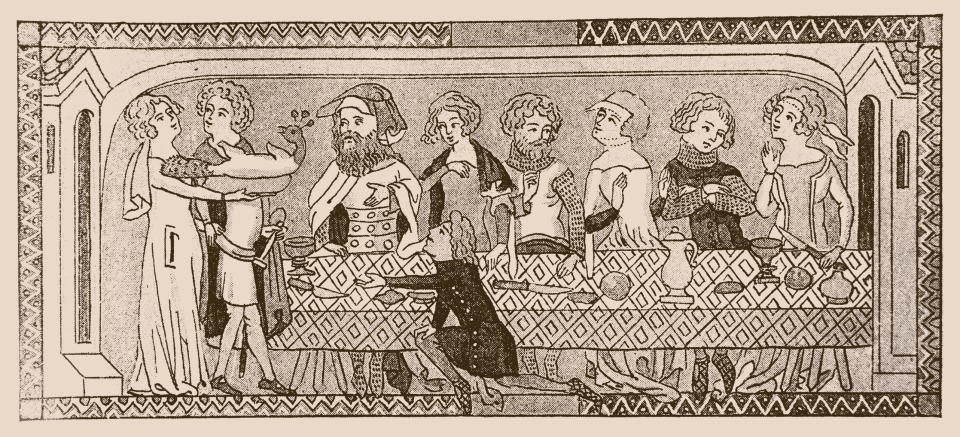
Tomatoes were not brought to Europe until the discovery of the Americas, meaning no tomatoes in Italian food. No pizza, no red pasta sauce, no caprese salads.

9.That medieval people all wore brown.
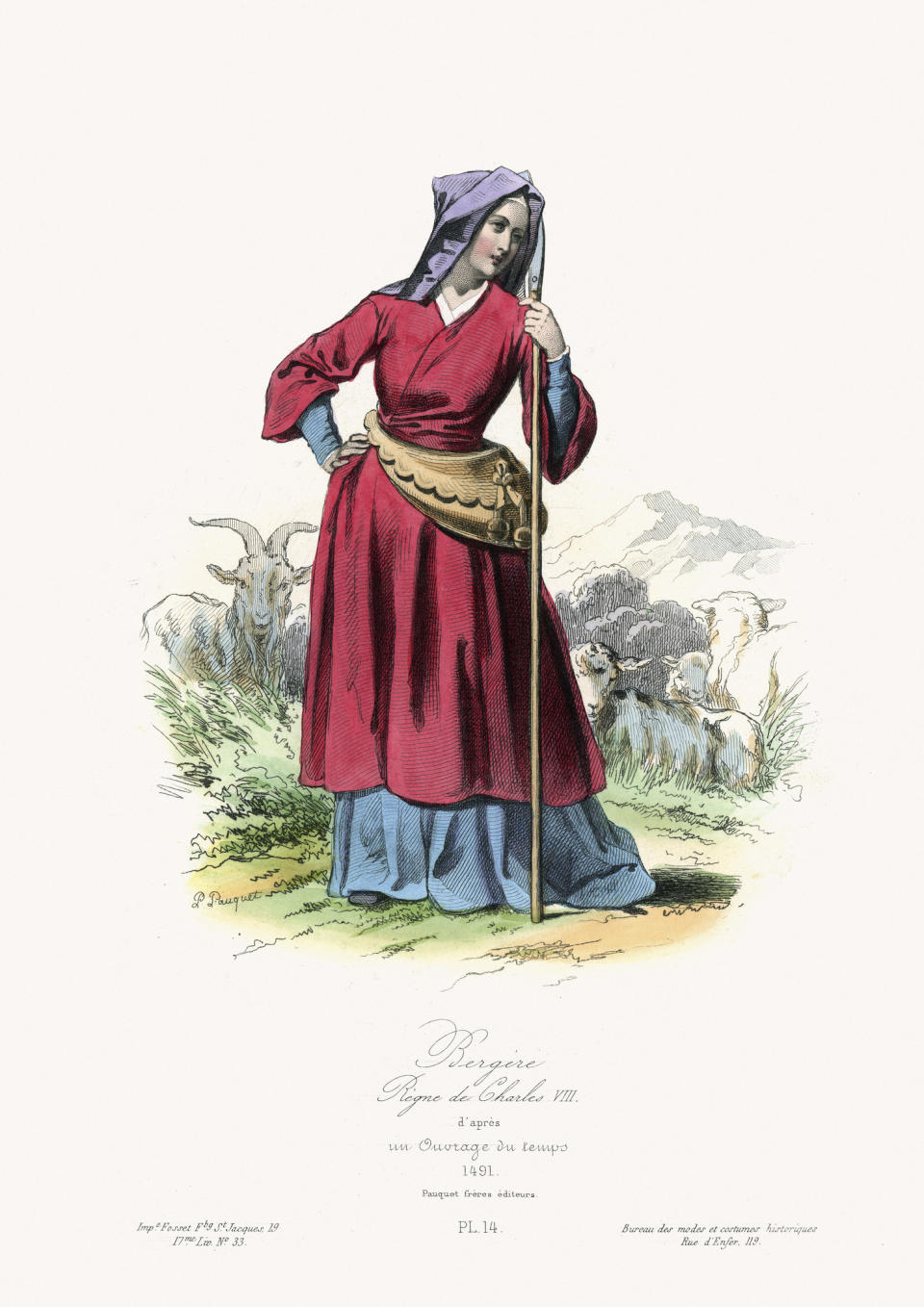
Suggested by u/size_matters_not
They actually had a number of natural dyes that were often used and could produce many colors, including reds, blues, yellows, and greens.

10.And that corsets were essentially torture devices.
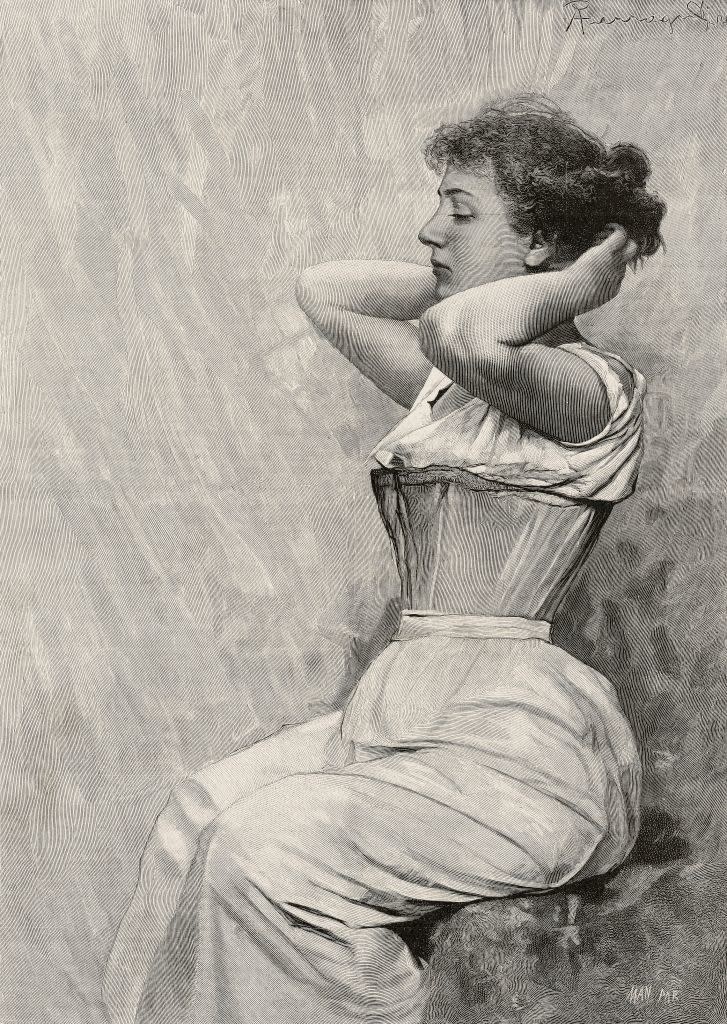
Suggested by u/Loose_Acanthaceae201
Corsets were not actually for drastically decreasing waist size. They mostly provided bust support and, yes, a flattering shape and a smooth line for fabric to lay over.

They were not all that uncomfortable, and women could work in them. They did not constantly cause women to faint, and there were certain types for different types of work.
Tight-lacing was an optional trend that started around the 1840s.
Paramount Pictures
And no one had their ribs surgically removed so they could fit their corsets better.
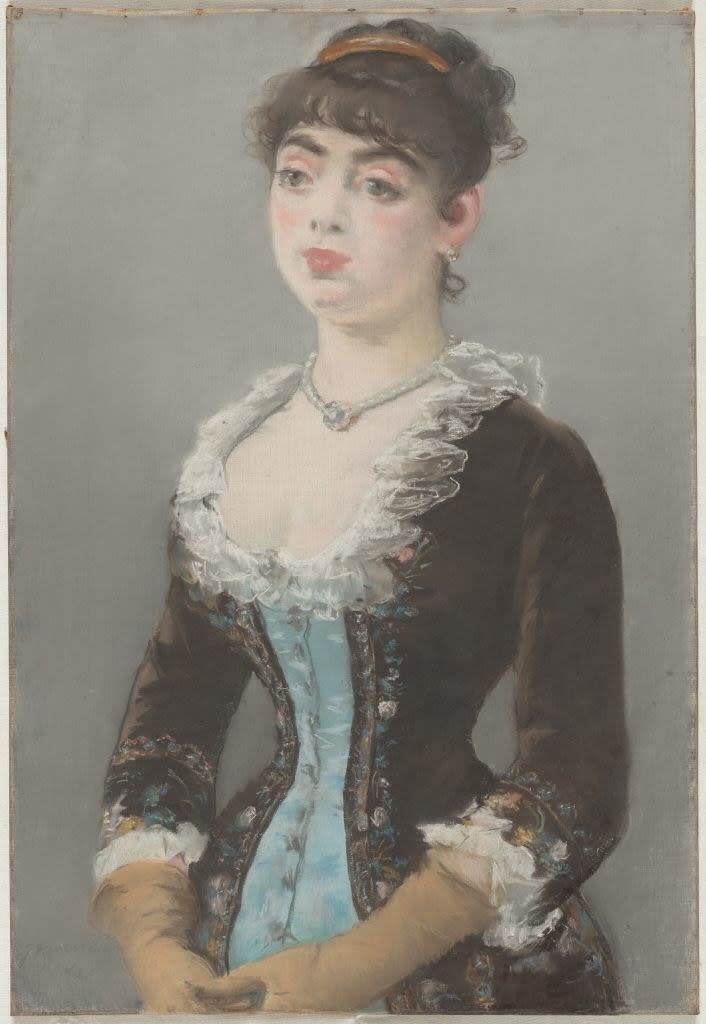
Surgery was not safe enough back then to consider.
11.That rulers and lords could invoke prima nocta and sleep with any woman under their leadership in Scotland — particularly on their wedding night.
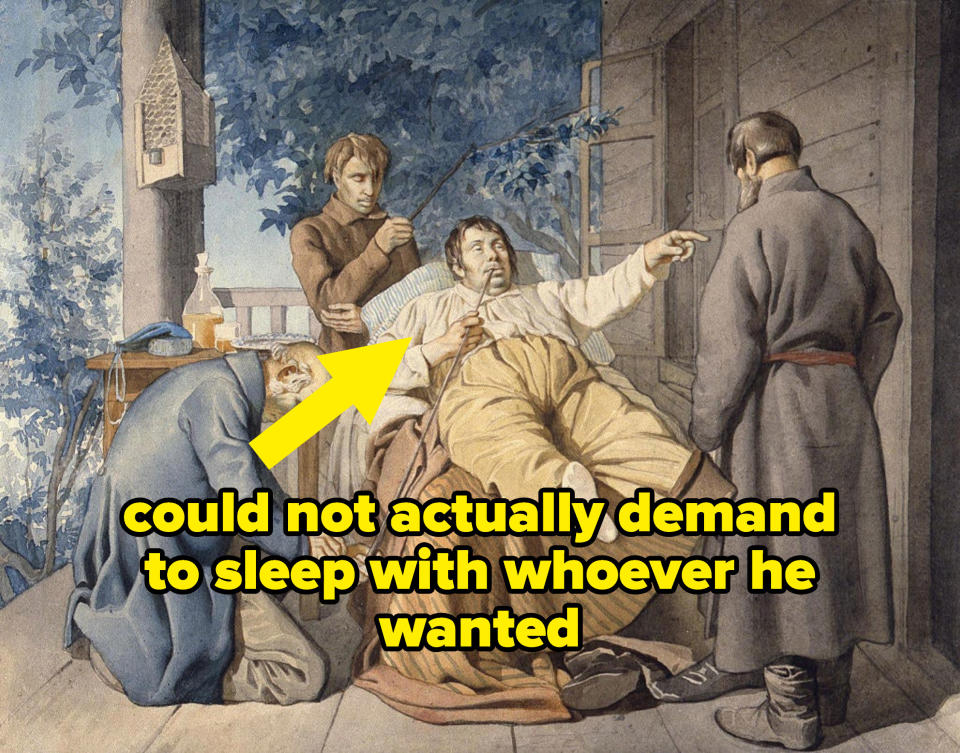
Suggested by u/Nugo520
There is no proof or record of this ever happening, despite it coming up often in pop culture.
Marvel
12.That the storming of the Bastille freed hundreds of political prisoners.
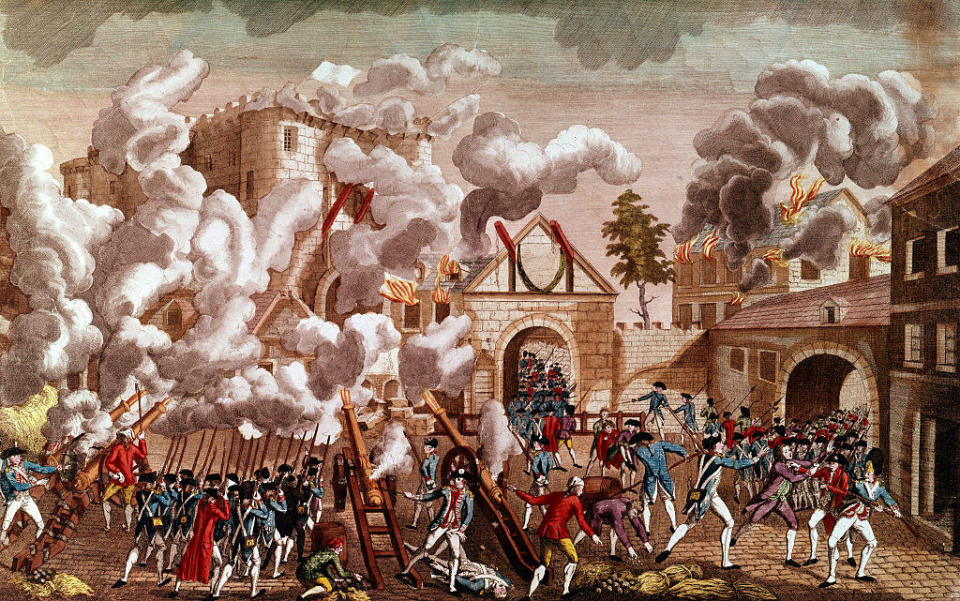
Suggested by u/Age-Zealousideal
They actually only freed seven prisoners.

13.That Rosa Parks was just an older woman who didn't want to leave her seat.
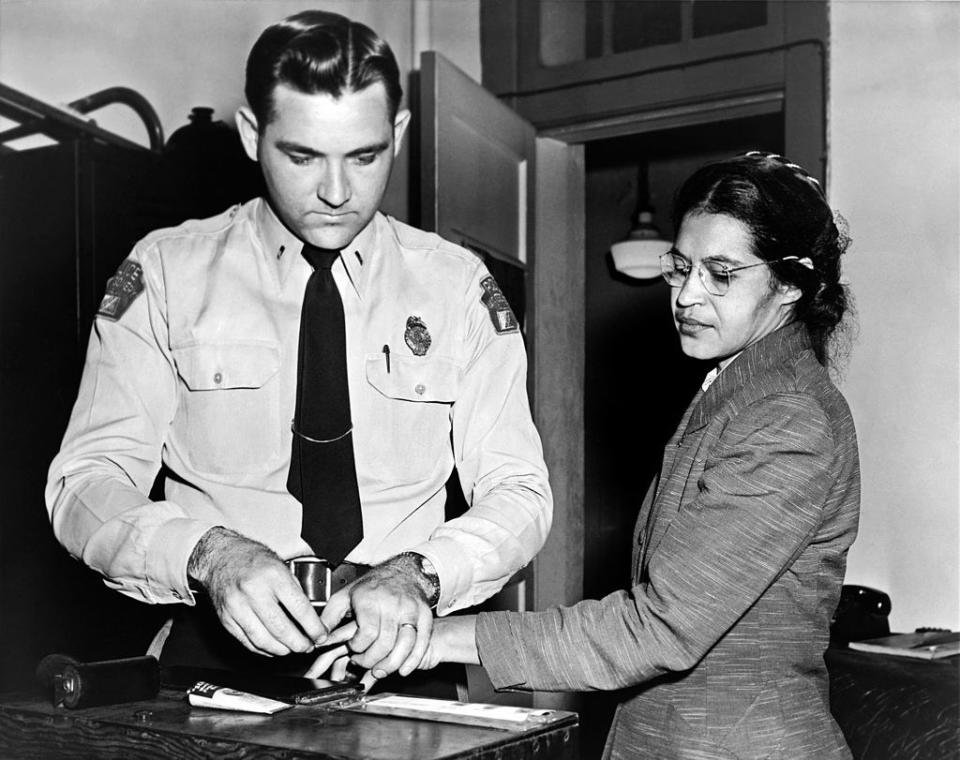
Suggested by u/Bignasty197
14.And relatedly — that Parks was sitting in a "Whites Only" section of the bus.

Suggested by u/lostdragoon001
First of all, Rosa was not tired nor old — she was 42. She was also a longtime NAACP member and activist, and had worked to raise funds for a previous woman who had been arrested for not giving up her seat on a bus, 15-year-old Claudette Colvin.
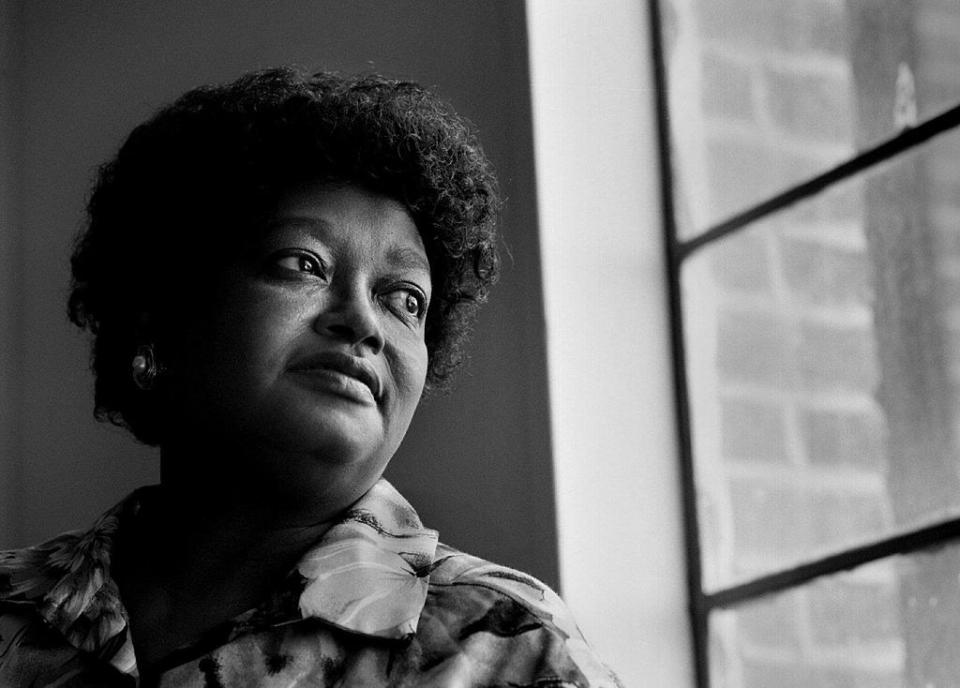
But although Parks knew the NAACP needed a lead plaintiff in their case to end the Jim Crow law, the act of protest was not planned.

This photo was her second arrest, as she helped organize the bus boycott.
As for where she was sitting — Parks was sitting in a middle section that was first come, first serve. She was asked to move for a single white passenger — the three Black passengers in her row obliged, meaning the man had a spot to sit. However, the driver still demanded that she move.

This was a driver she had met before and disliked — Parks said in her autobiography that she wouldn't have even ridden his bus that day if she'd noticed he'd been driving.
15.Civil rights leaders used nonviolence because they believed in loving their neighbor and meeting hate with love.

Suggested by u/MightyMeerkat97
While of course individuals may have believed this, the strategy as a whole was tactical. Nonviolence was effective because it provided a stark contrast to the violence of segregationists, and when these images were spread throughout the country, it was very clear who the "bad guys" were in the situation because the segregationists were the only ones inflicting the violence.

Civil rights leaders hoped that media coverage would show Northerners how badly Black people were treated in the South.
16.That people in the Middle Ages thought the Earth was flat.

Suggested by u/poetslapje
Actually, most people in the Middle Ages knew the Earth was round. Ancient Greeks (specifically Eratosthenes) had deduced this many years prior.
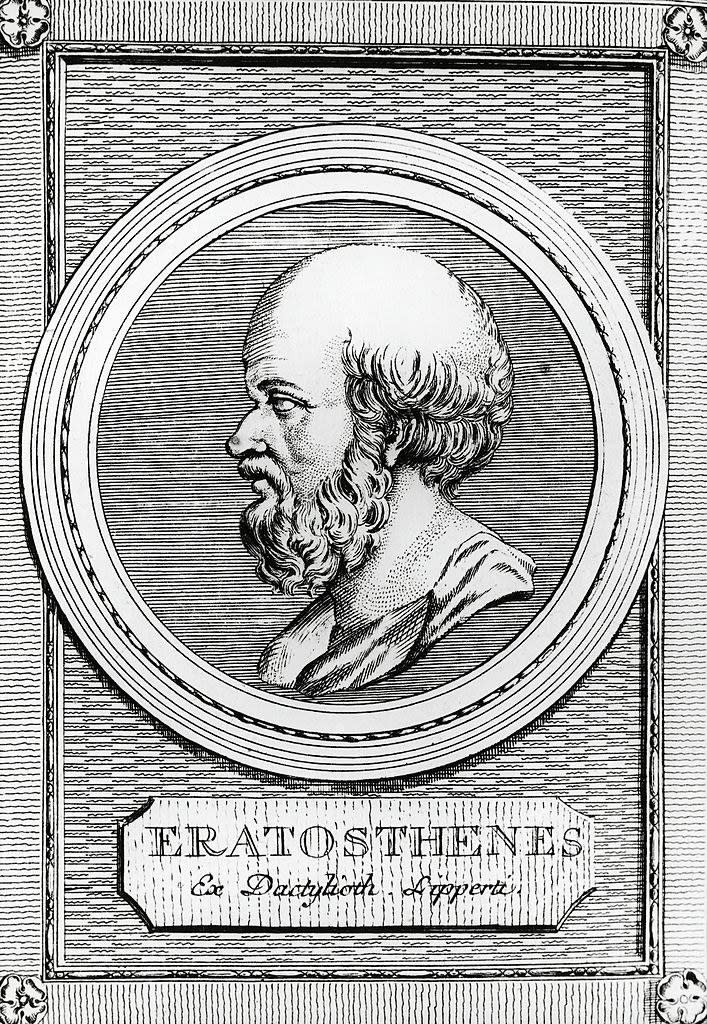
17.That Queen Victoria said, "We are not amused," to a risqué story that was told.
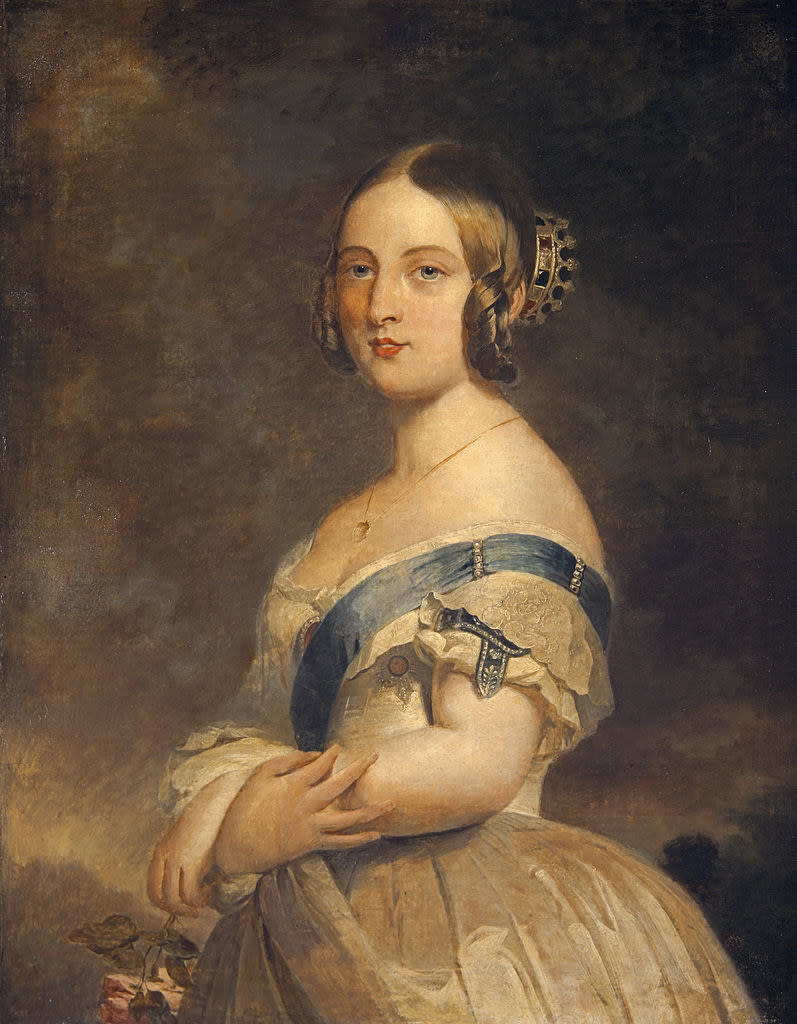
Suggested by u/_spookyvision_
Queen Victoria actually had a purported great sense of humor and apparently told her granddaughter she never said this.
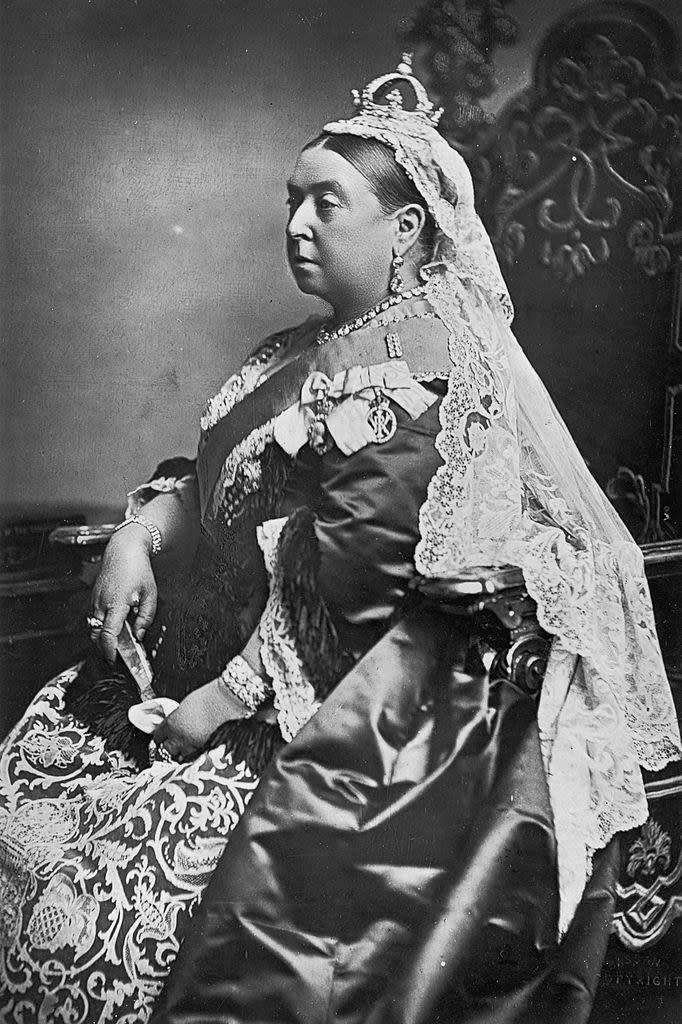
18.That Germany invaded Russia in the winter.

Suggested by Thirty_Helens_Agree
In fact, they invaded in June. The invasion lasted longer than hoped for, and they were stuck there in the winter, leading to many of the difficulties you have likely heard of them experiencing.

19.That Neanderthals were unintelligent.
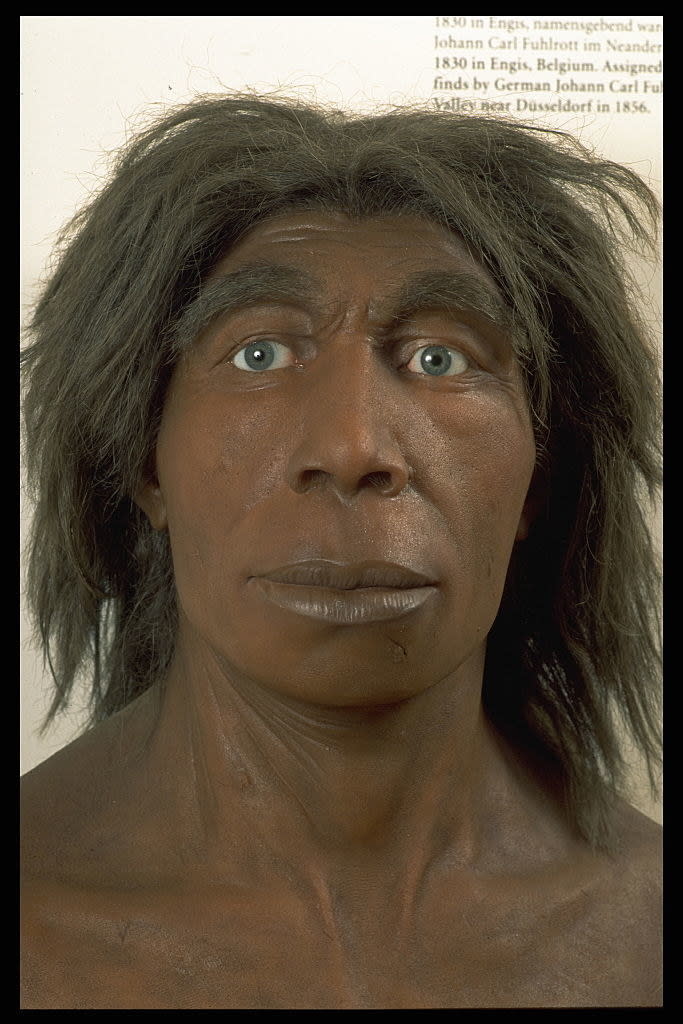
Suggested by u/PhillipLlerenas
There's no evidence to suggest that Neanderthals were dumber than homo sapiens. They had just as advanced tools and were able to hunt and communicate just as well.
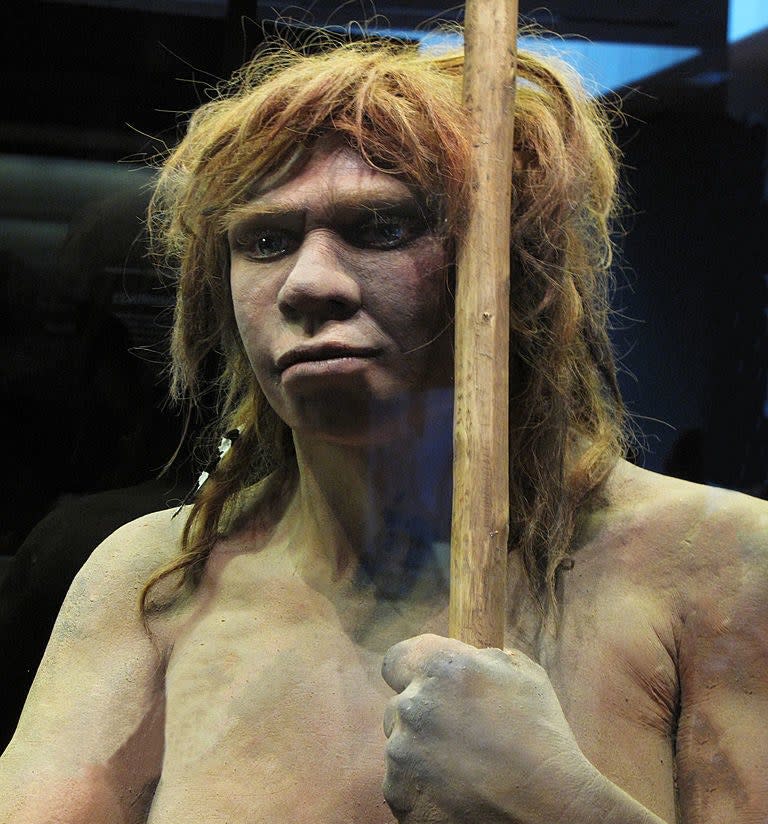
20.That Shah Jahan had the hands of the workers who made the Taj Mahal cut off so they could never recreate something similar.
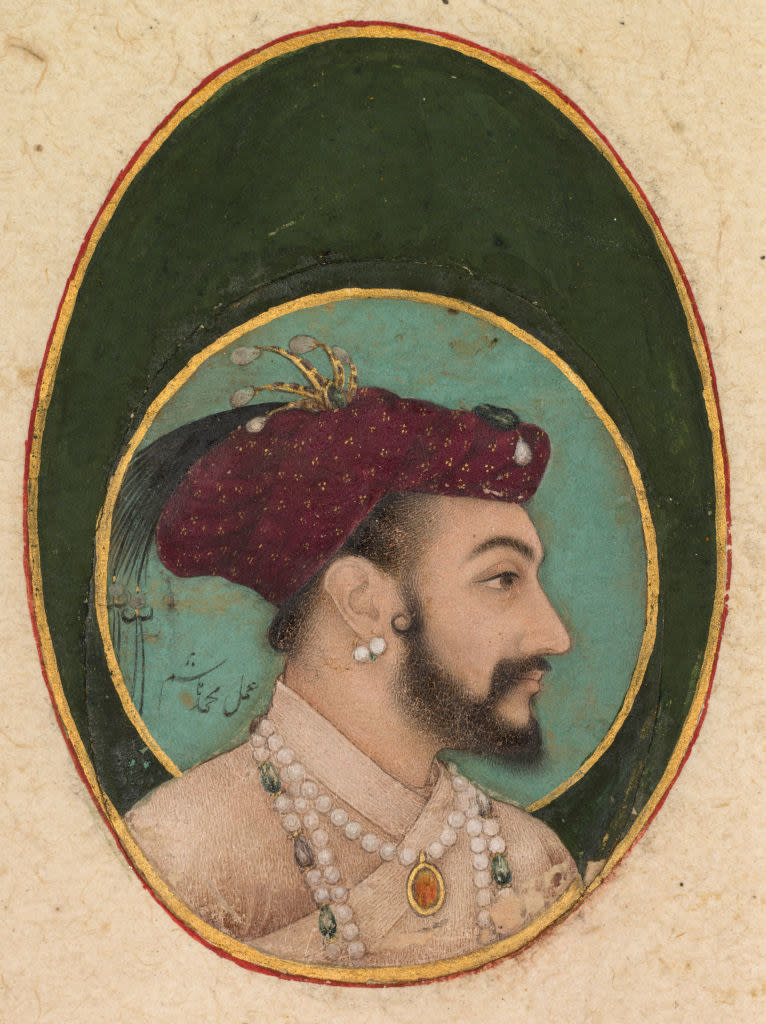
Suggested by u/veniato
Legend also tells that their eyes were gouged out. But though you may hear this on a tour of the site, there is no evidence to suggest that either of these legends are true.

21.And finally...that AD means after death.
CBS
Suggested by u/Evincer1968
It actually means Anno Domini, which translates to "in the year of our lord" in Latin.
Oct. 15, 2021, at 14:03 PM